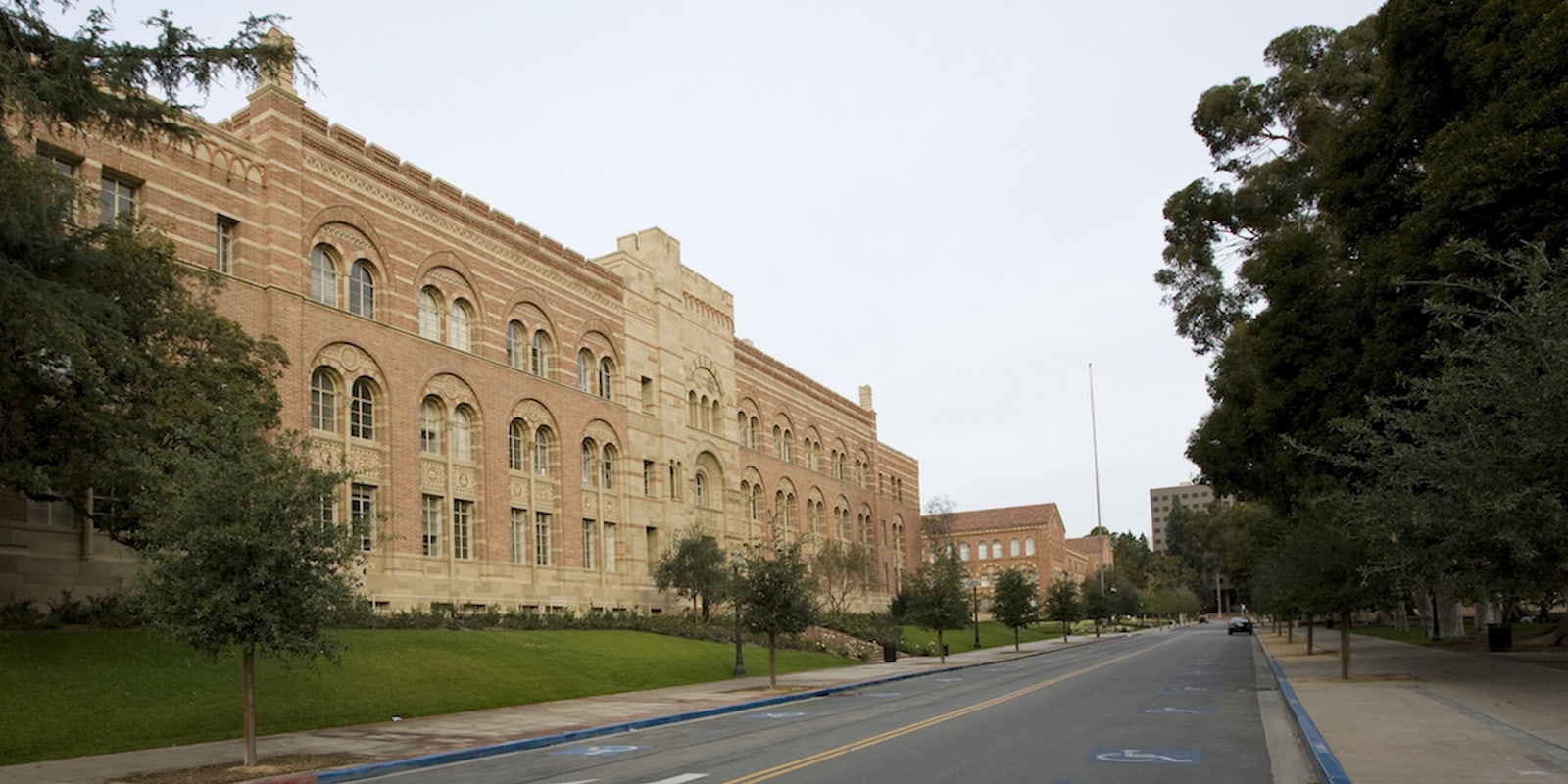As faculty and students at the University of California, Los Angeles, continue to process Wednesday’s apparent murder-suicide, new facts are emerging about the victim and the killer.
Little is known about Mainak Sarkar, the former doctoral student who police say killed Professor William S. Klug in one of UCLA’s engineering buildings before turning the gun on himself. And the campus shooting may only be the beginning of a bigger story: Los Angeles police said that Sarkar left a “kill list” at his Minnesota home that led them to discover the dead body of a woman on the list.
Colleagues described Professor Klug, a father of two, as a gentle and brilliant educator. California Lt. Gov. Gavin Newsom called him “an empathetic, brilliant teacher.”
Police say that Sarkar had rambled on social media about Klug and, at one point, accused him of stealing his computer code. A university source told the Los Angeles Times that Sarkar’s belief was “absolutely untrue” and “psychotic.”
Sarkar was described as a “sub-par student” whom Klug had gone above and beyond to help. Sarkar’s dissertation, in which he thanked Klug for “being my mentor,” seems to support this version of events.
Klug, a Dodgers fan who taught mechanical and aerospace engineering, earned his master’s degree in civil engineering from UCLA in 1999. He later received his doctorate in mechanical engineering from Caltech.
In interviews during and after the campus-wide lockdown, UCLA students described the panic and anxiety that accompanied the shooting.
Students received an alert from the university’s emergency advisory system, BruinAlert, and fled into classrooms, bathrooms, and closets, barricading doors with chairs, computer printers, and electrical cords. Heavily armed SWAT teams went room to room checking for the shooter and methodically searched students as they exited buildings.
Professors and students even armed themselves with makeshift weapons, preparing to defend their lives and the lives of others, crouching below windows and trying to comfort one another in hurried whispers.
“It’s all so surreal,” one student said.
It wasn’t dreamlike for everyone. Some students described the violence as a mere fact of life on an American college campus these days. “It’s like I almost knew the drill,” 22-year-old Jeremy Peschard, who had transferred to UCLA after the deadly 2014 shooting rampage at UC–Santa Barbara, told the LA Times. “It’s sad that it’s normalized at this point.”
University officials declared the campus of more than 40,000 students safe after police confirmed the shooter’s identity Wednesday afternoon and concluded that there was no active-shooter situation. The school is offering counseling to all members of the UCLA community.
Statistics show that a gun is fired on school grounds at least once a week in the United States.


